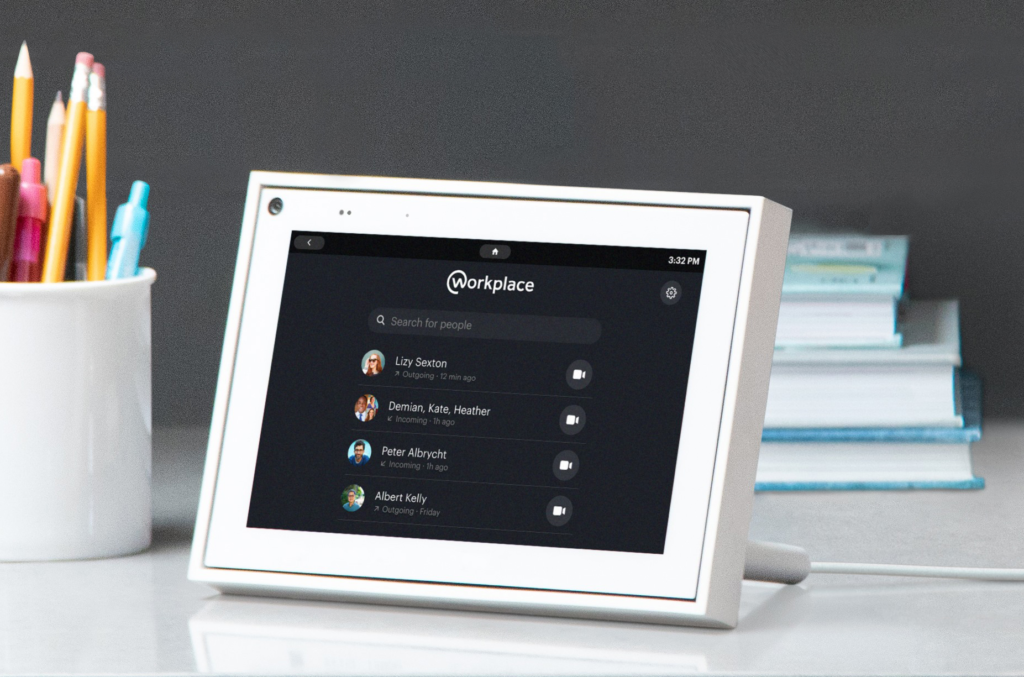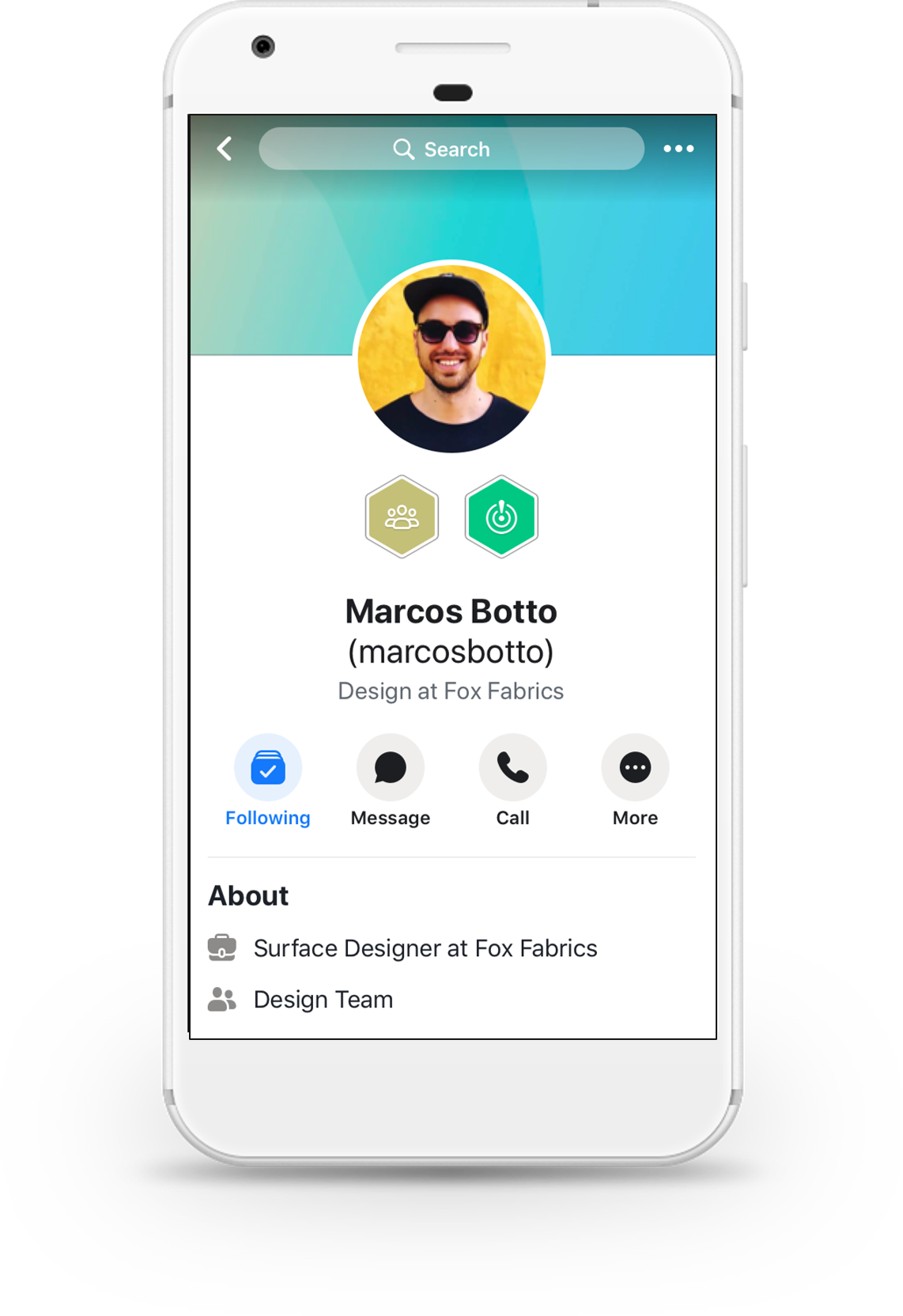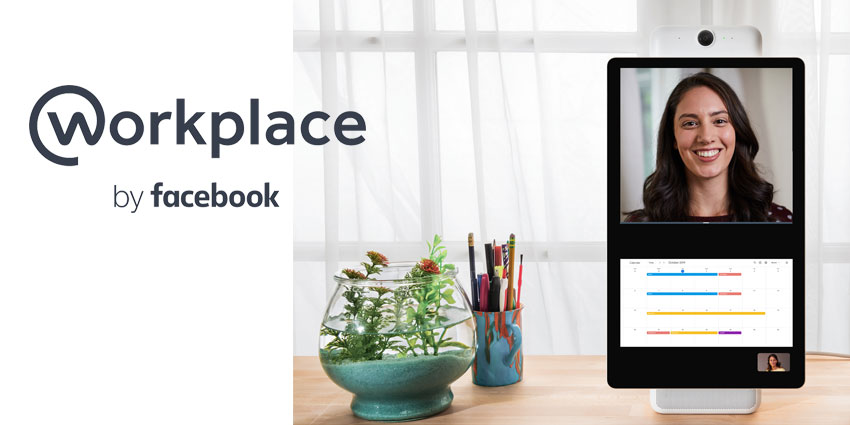Recently, the business collaboration division of Facebook, Workplace by Facebook, revealed a host of exciting new announcements at their annual customer event, Flow. This year’s event was the company’s second annual conference on technology, people, and culture.
Perhaps the most exciting announcement was that Workplace by Facebook has managed to earn a community of over 3 million paid users in only 3 years since its launch. This means that the collaborative tool has gained more than a million users over the last 8 months. Additionally, the Facebook team serve millions of extra users through the Workplace free tier and Workplace for Good program designed for non-profits.

How does this compare? The trouble is, Workplace’s main competitors are not completely clear on their numbers which doesn’t help side-by-side comparisons. However, recently Slack reported 88,000 paid customers and sadly Microsoft doesn’t report its paid numbers. What we do know is that Microsoft Teams now has over 13 million daily active users (DAU) and Slack has over 10 million. I’m fairly sure that if Workplace reported it’s DAU that you’d find its gaining a lot of traction with its two largest team collaboration competitors. Hats off to the Workplace team for achieving such amazing growth.
In the last year, Workplace has added a number of diverse global brands to its list of customers, including Telefonica, Nestle, Petco, Kering, Chevron, and AstraZeneca.
Here’s your insight into the latest achievements of Workplace by Facebook.
Facebook Sees a Strong Future in Video
According to Karandeep Anand, the VP and Head of Workplace by Facebook, the future of work will be driven by opportunities to break down crucial geographic, departmental, and linguistic barriers. Part of succeeding in this new environment means finding technology that can people connected, wherever they might be. For many Workplace by Facebook customers, video is a crucial medium for staying connected, collaborating, and communicating.

Perhaps the most exciting update to Workplace by Facebook’s video strategy is the arrival of Workplace on Portal. A new app will allow Workplace users to make video and voice calls via Portal from Facebook – the AI-powered smart camera solution. Portal’s enhanced camera can pan and zoom to stay connected to the action, so users can move and talk freely while staying in the frame. Additionally, smart sound enhances the voice of anyone who is speaking, while reducing background noise.
The Workplace app is overlaid onto the Portal tool, with business-ready support and high-level enterprise security. This new innovation could be a powerful step forward for Workplace by Facebook, as it shows that the Facebook business units are working together, even at a time when there’s ongoing pressure for Facebook to be broken up. Aside from the Portal development, Facebook also took advantage of the Flow event to announce automatic video captioning built on artificial intelligence and machine learning.
The automatic captioning will support frontline workers without their sound turned on, and hearing-impaired users. Additionally, a new peer-to-peer solution for broadcasting video will make it easier for Facebook to deliver high-quality on-demand and live video with significant bandwidth savings for an organisations network – particularly in remote and distributed offices.
Power to the Frontline
The Workplace by Facebook team recently surveyed some of the frontline managers and workers in the UK and US, to discover that there’s a significant communication disconnect between business leaders and a company’s frontline or desk-free employees. The lack of communication in the space is leading to significant issues that impact the bottom line of the business, including the prevention of valuable ideas from rising through the business hierarchy.
Innovation can’t thrive in an environment where all members of a team can’t stay connected. Workplace wants to be a leader in offering solutions for frontline employees, which is why the company is investing in new things like:
- Learning posts: Allow group admins to label and curate educational content for users, including best practices and useful material for onboarding opportunities
- Surveys: Can be sent to an entire organisation via Workplace Chat. According to Paul Jones, the Head of Emerging Technologies and UK Innovation Lab, surveys can help significantly with cultural shifts in an organisation, allowing businesses to react to shifts in sentiment more rapidly
- Insights: Offer analytics for Workplace admins, providing better ways for team leaders to manage their communities and disparate workers. Admins will also be able to identify engaged users and obtain engagement metrics for each post
- Frontline access: A new option providing frontline workers with access to Workplace without company email addresses. Companies can ensure that hourly workers are therefore remaining compliant with company policies
“Since a majority of our employees are hourly and retail it was very important for us to make it clear exactly when and how they should be accessing Workplace. The access control popup has provided our HR and Legal teams with considerable peace of mind while giving our employees a great user experience on Workplace” Daniel Sundin, Director, Internal Communications, Petco
Using Workplace by Facebook to Build Culture
Another major point addressed at the Flow event this year was that Workplace is adding new features to allow companies to foster better relationships and celebrate successes between team members more easily than ever. Some of these features include:
- Goals: A unit in Workplace groups that allows admins to set targets for team members and monitor progress
- Thanks: A new type of post that allows individuals to recognise the work of their colleagues and notify managers about good work
- Badges: A visual identifier on Workplace profiles that delivers useful information on employee achievements
James Deren, an Internal Communications manager at Clarins UK Group, said that badges are a fun way to recognise several key roles in the company’s workplace community.
“We’re excited about developing a recognition strategy beyond the traditional channels that incorporates the use of badges to acknowledge exceptional performance”
James also noted that Workplace has allowed everyone within the Clarins UK Group to have a voice. 5 months after implementation, the business has seen a 2% reduction in employee turnover, and the team believes that Workplace is partially responsible.

What Does the Future Look Like for Workplace?
Over the last year, Workplace by Facebook has been working hard to serve people across the enterprise with a new collaborative strategy. The new features recently announced at Flow will help to build on this ongoing momentum. Facebook’s ongoing commitment to delivering new and innovative solutions has left me with a few questions about the future of the operation. For instance, will WhatsApp and Messenger – two of Facebook’s other leading initiatives integrate with Workplace one day? This isn’t the case yet, but with the arrival of Workplace on Portal, it’s clear to see that different parts of Facebook’s portal are becoming more closely intertwined.

There’s even a chance that things like Oculus VR and other solutions may eventually end up being part of the Workplace experience. For the time being, it seems like innovations like VR and WhatsApp messaging through Workplace are more likely than other developments, like the arrival of UCaaS, PSTN access, or cloud calling. Facebook seems to be more focused on internal connections and conversations, rather than external discussions with customers. However, if Facebook decides that it wants to compete with the likes of Cisco, Microsoft, and Amazon, then they may need to consider a PSTN breakout, bring your own carrier (BYOC) option one day.
There’s also a chance that Facebook will need to start thinking about meeting room solutions too. Currently, the company integrates with a lot of leading providers of software and hardware. While Portal takes Facebook into the hardware space, it remains to be seen whether the brand will begin building a full system stack.







